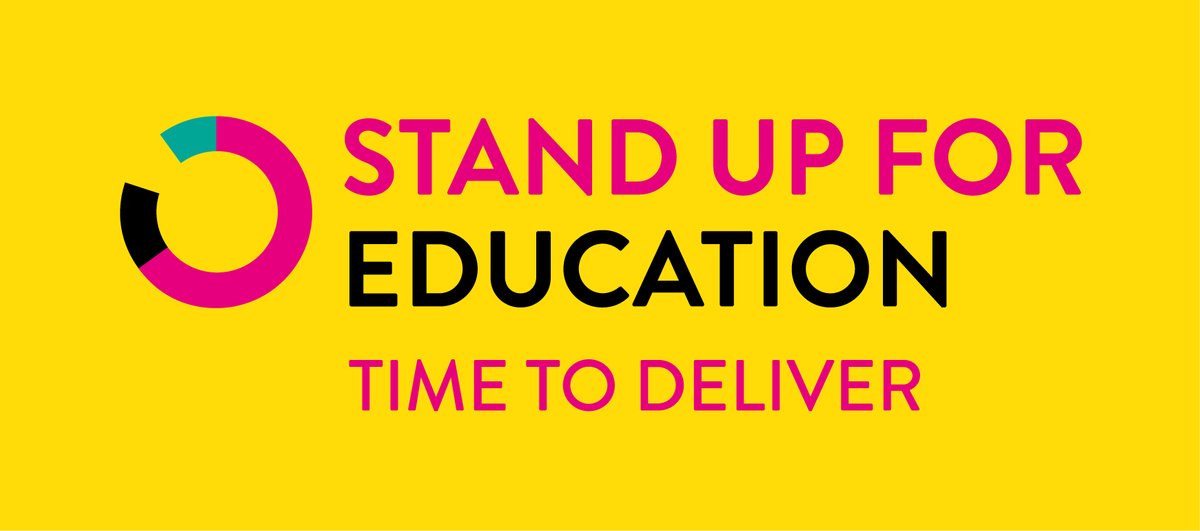
May 21, 2017, Kabul, Afghanistan
Global Campaign for Education (GCE) is a worldwide organized social movement that is comprised of 95 National Education Coalitions, representing thousands of local and National Organizations, 13 International NGOs and the World Federation of Teachers Union. In more than 112 Countries and States, GCE brings hundreds of thousands members together on shared goal of ‘right to education’. By 20130, we aim that everyone has access to quality, equal, inclusive, safe and free education, globally. GCE’s Global Action Week for Education focuses on ensuring accountability for Sustainable Development Goal 4 (SDG4), and active citizen participation. The 2017 Campaign particularly focuses on the importance of accountability, transparency and ensures governments commitments against SDG4.
Education is a fundamental component of lawful, democratic and people-led societies. To successfully pass through the conflict and instability, The Government of Afghanistan has to pay great attention and standardize the educational system. Considering the existing progress and challenges on the ground, we offer five suggestions as below:
Challenges: Education Sector has fewer share in the National Budget compared to Security and Defense annual budget, Increase in attacks on schools and education facilities which keep a large proportion of enrolled and school-age-children out of schools and that education affairs are interrupted due to local and community level politic
Solutions/Suggestions: Schools and learners shall be protected from attacks. The Government of Afghanistan and the opponents shall avoid using schools and education facilities for political and military purposes.
Challenges: Only 3.8% GDP allocated to education, Adult Literacy budget remarkably decreased up to 35% since 2015, Being aid dependent and corruption in education negatively affected education monitoring and evaluation processes.
Suggestions: Establish a central and transparent mechanism to offer specific and long-term support to education sector; establish transparent, informed and coordinated mechanisms to observe education expenditures that are out of national budget; revise and focus strategically on education sector in National priorities programmes and give opportunities for Civil Society to join consultation and monitoring processes.
Challenges: As of now 3.5 million school-age-children are lacking access to education. Currently 59% of total enrolled children complete primary education, while only 18% of them complete the 12 years of education, with a remarkable low representation of girls in all grades. More than 95% of disables and children with special needs do not have access to schooling and education facilities.
Suggestions: Children with disabilities and with special needs have to be supported to access and complete all grades of school. Education ministry shall provide safe and friendly learning spaces for all children, particularly for children with special needs. Disable and female learners required particular attention. MoE shall encourage Community Based Education and shall increase number of female teachers in remote and marginalized areas of the country.
Challenges: Afghanistan has the highest illiteracy rate in the region. It is expected that in next three years, 400,000 new graduates will seek for an employment, however still high number of such graduates fail to join relevant professions. Unavailability of professional, relevant and updated curriculum badly affected learning outcomes. In addition, lack of learning materials in schools causes delay in teaching and learning at all levels.
Suggestions: Increase domestic investment on Vocational and Adult literacy and make clear linkages with daily labor markets. Increase 50% number of graduates from Vocational and Technical Institute from 50,000 to 100,000 in next four years
Challenge: Currently only 33% of the existing teachers are female, and fewer of them are teaching in schools in marginalized and remote areas. The current overall pupil-teacher ratio is 46/1, while it 53/1 for female teachers. Unviability of professional and female teachers encouraged families to stop sending their daughters to schools, which eventually increases the drop-out rate in middle and secondary grades. In Afghan society, teachers are economically weak, and the current pay scales do not fulfill their needs. Teachers have no proper shelter or homes and those who have been allotted plots, cannot afford constructions. As majority of the teachers in remotes are not professionals, they have less opportunities to continue and complete their higher education/university degree. Quality of Teachers’ trainings and capacity building opportunities discouraged teachers to attend and participate. Each academic year brings more students into schools which increased working hours from 24 to 30 hours a week for a teacher, comparing with previous four years. High numbers of students in classrooms make it challenging for teachers to teach, with no compensation considered for teachers.
Suggestions: Recruit qualified female teachers and deploy to remote districts by introducing incentive packages. Provide and facilitate In-Service capacity building opportunities for teachers lacking such competencies. Revise the existing norms of pupil-teacher ratio. Provide safe and friendly learning environments and upgrade the traditional teaching methods. Equip schools, classrooms, libraries and laboratories with required teaching and learning materials.